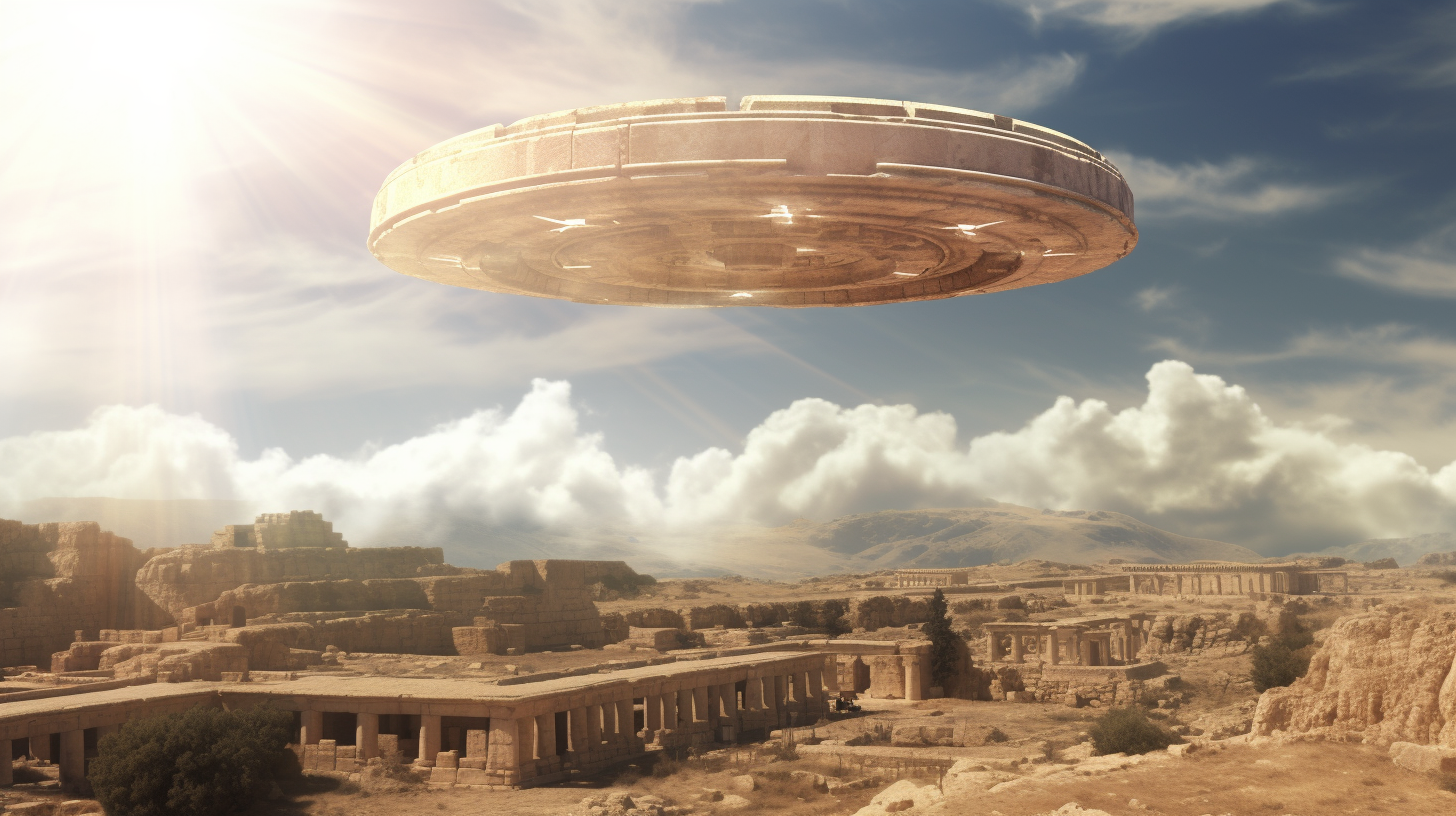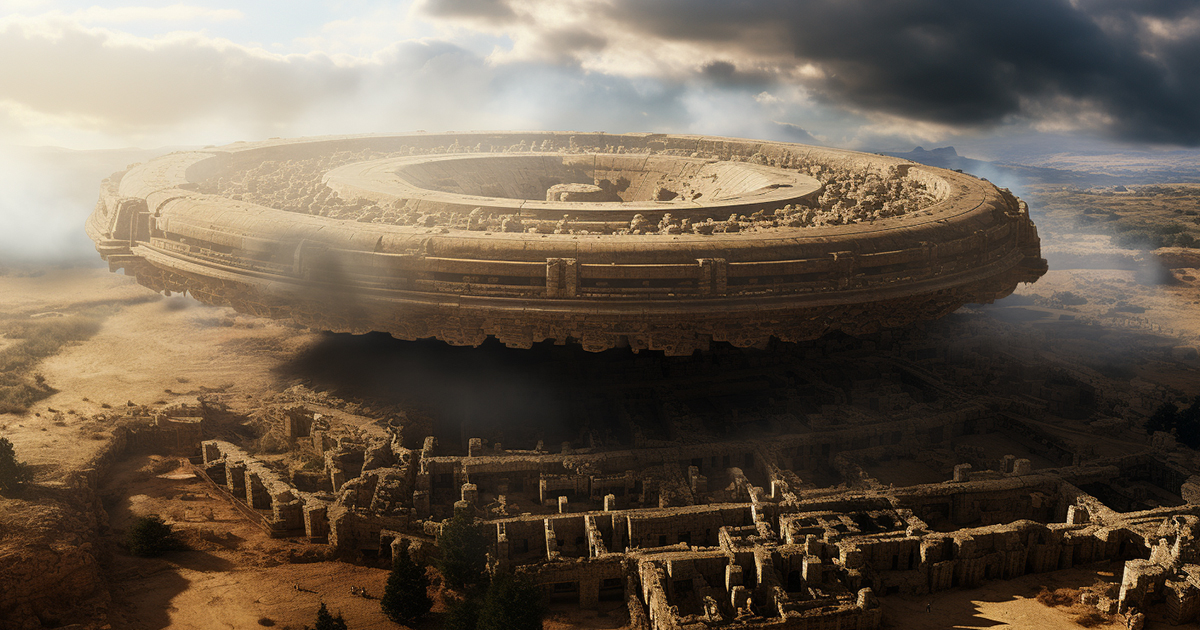Prologue
Nestled within the alluring expanse of the Bekaa Valley in Eastern Lebanon, lies a historical gem that has captivated the attention of both archaeologists and ancient astronaut enthusiasts. In the era of the fourth century BC, Heliopolis emerged, a city erected by Alexander the Great in honor of the powerful Zeus. Yet, beyond the majestic Corinthian columns and the remnants of Greek and Roman architecture, a hidden narrative awaits – one that predates Alexander’s opulence. A marvel of archaeology tracing back nearly 9,000 years, the ancient metropolis of Baalbek, named after the Canaanite deity Baal, the almighty god of life, sky, and the Sun. This enigmatic realm has birthed numerous speculations, whispering tales of it being a landing spot for interstellar voyagers.
The Genesis of Baalbek
Baalbek’s saga unfolds as a mosaic adorned with the imprints of various civilizations, each contributing a layer of reverence and enigma to this sacred ground. Initially consecrated to the deity Baal during the eras of Canaanites and Phoenicians, the city’s sanctity paved the way for the Greeks and Romans to erect their sanctuaries upon this very soil.

Delving into the soil, archaeological explorations have unveiled a colossal stone base that challenges traditional chronology. Pundits speculate that Baalbek might have loomed during the epoch of Oolithic, a jaw-dropping 6,000 to 9,000 years BC. However, what tantalizes ancient astronaut theorists even more is the possibility of this sprawling stone stage serving as a touchdown site for cosmic travelers.
The Theory of Ancient Astronauts
Theories of ancient astronauts have long delved into the purpose behind Baalbek’s monumental stone base. While conventional archaeology may hold reservations, proponents of this notion envision this location as a sanctuary for entities not of this world. The enigma that endures is why Baalbek stood out as a chosen abode for such a profound quest.
The Hypothesis of the Cosmic Port
From the viewpoint of the ancient astronaut doctrine, the colossal megalithic stones interwoven into Baalbek’s core stand as prime evidence of its cosmic liaison. These mammoth stones, each weighing between 800 to 1,200 tons, not only astound with their sheer size but also perplex with their meticulous interlock that challenges contemporary engineering prowess.
The Conundrum of Conveyance
Among the conundrums surrounding Baalbek, none matches the enigma of relocating these mammoth stones. Their enormity dwarfs modern machinery, rendering it a near impossibility to transport them into position. This poses a poignant query: How did our ancestors from eons ago, maneuver and align these colossal stones with such precision?
Visual Presentation:
Epilogue
Baalbek persists as an archaeological enigma that tantalizes and ensnares the imaginations of both conventional historians and devotees of ancient astronaut theories. Amidst the ongoing discourse on its inception and intent, one certainty prevails: the enigmatic chronicles and titanic stone bedrock of this site raise queries that test our comprehension of ancient societies and their dalliances with the cosmos. Be it a believer in ancient extraterrestrial visitors or not, Baalbek emerges as a testament to the everlasting allure and enigma shrouding our planet’s past, beckoning us to plumb the depths of history and the universe itself.
